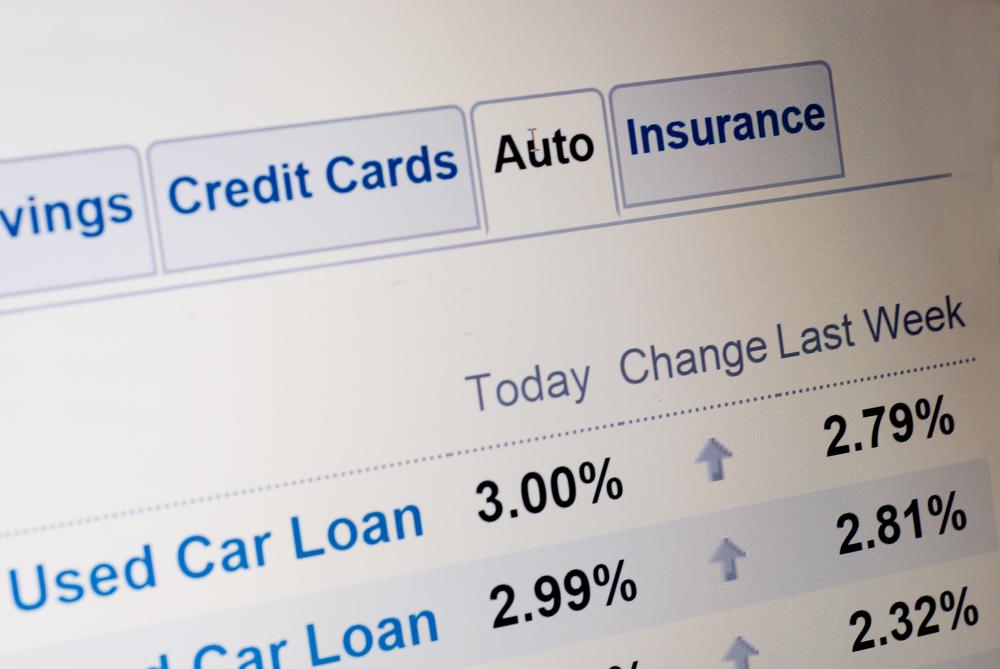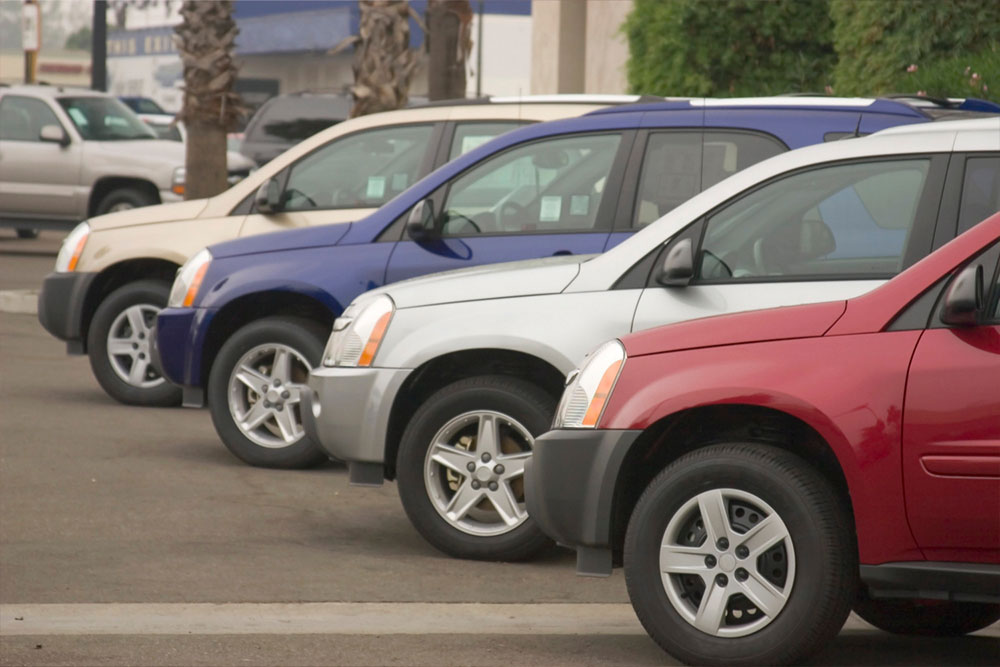Ultimate Guide to Buying Confiscated Vehicles at Online Auto Auctions
Discover a comprehensive guide to buying confiscated vehicles through online auctions. Learn step-by-step procedures, strategic tips, and important considerations to secure quality cars at discounted prices. From registration to final payment, this detailed guide ensures a smooth and informed purchasing experience, making it ideal for both first-time buyers and seasoned resellers interested in confiscated vehicle auctions.

Complete Guide to Purchasing Confiscated Vehicles via Online Bidding Platforms
Confiscated vehicles often present a lucrative opportunity for automobile buyers seeking quality cars at significantly reduced prices. These vehicles originate from a variety of sources, including bank repossessions, police seizures, or legal forfeitures, making them an attractive option for both individual buyers and resellers. Engaging in online auction sales provides a convenient method to acquire such vehicles at favorable rates, but it requires understanding the auction process, procedures, and strategic tips to ensure successful purchases. This comprehensive guide explores every essential aspect necessary for navigating the world of confiscated vehicle auctions online.
How to Purchase Confiscated Vehicles at Online Auctions: Step-by-Step Process
Register a Membership on the Auction PlatformInitiating the buying process involves registration, which is a prerequisite for participation. Most online auction sites require prospective buyers to fill out registration forms, where you select your preferred membership level. This process often includes email verification to confirm your identity. Some platforms may charge a registration fee or a subscription fee that grants you access to their inventory of confiscated vehicles. It's advisable to carefully review the registration terms and any associated costs before signing up.
Complete Verification with Required DocumentsAfter registration, your identity must be verified to comply with legal regulations and platform policies. Typically, this involves submitting government-issued identification such as a driver’s license, passport, or national ID card. Business entities intending to bid on confiscated commercial vehicles might need to provide additional documentation like a business registration certificate, VAT ID, or company license. This verification process ensures secure and trustworthy transactions, and without proper documentation, participation may be restricted.
Access and Manage Your AccountOnce your identity is verified and your documents are approved, your account becomes active. The platform will send you confirmation and login details via email or other communication methods. With an active account, you will have access to the auction catalog, bidding interface, and bidding history, allowing you to monitor and participate in upcoming auctions efficiently.
Search and Evaluate Vehicles for BiddingUsing the platform’s search filters, you can narrow down your choices based on vehicle type, make, model, year, price range, and location. Carefully review each vehicle’s description, including detailed images, mileage, condition reports, and any available history records. Since online bidding is binding and final, it’s essential to evaluate each vehicle thoroughly to avoid surprises post-purchase. Noting the vehicle’s VIN, inspection records, and previous damages can help you assess its worth and authenticity.
Select Your Bidding MethodVarious bidding options are available to suit different buying strategies. The most common methods include real-time live bidding, where participants incrementally increase their bids until the auction closes, and maximum bid or proxy bidding, where you set a ceiling amount. In the latter, the system automatically bids on your behalf up to your maximum limit, saving you from constant monitoring. Understanding each method helps you plan your bidding approach to maximize chances of success while staying within budget.
Await Seller’s Response and Bid AcceptanceAfter placing bids, you wait for the seller’s decision. The seller can accept, decline, or counter your offer, especially if multiple bids are received for the same vehicle. Both parties usually have a deadline to finalize the sale, which helps prevent indefinite bidding. If your bid is successful, you'll receive instructions on how to proceed with payment and vehicle pickup or delivery.
Complete Payment and Arrange Vehicle Pickup or DeliverySuccessful bidders are typically required to settle the payment within 24 to 48 hours after the auction concludes. Payment methods vary but generally include bank transfers, online payment platforms, or certified checks. After confirming your payment, you will be tasked with arranging the vehicle’s pickup or delivery. Some platforms offer transportation services, while others require you to coordinate logistics. During vehicle collection, be prepared to present necessary documents such as authorization forms, proof of payment, and delivery certificates to ensure a smooth handover.
Expert Tips for Selecting the Right Confiscated Vehicle
Set a Strict Budget and Stick to ItKnowing your financial limits is paramount. Incorporate additional costs such as auction fees, transportation, tax, registration, and potential repair expenses into your overall budget. Sticking to this budget prevents overspending, especially when competing with other bidders. Establishing a maximum bid for each vehicle helps you avoid emotional bidding that exceeds your planned expenditure.
Examine Vehicle Documentation CarefullyPrior to bidding, scrutinize all available vehicle records. Key documents include ownership history, previous accident reports, service records, and confiscation details. Verify the Vehicle Identification Number (VIN) to confirm authenticity. This thorough review helps you determine the true condition of the vehicle, its history, and whether it aligns with the listed description, preventing future disputes or surprises.
Compare Listings Across Multiple Auction PlatformsBroaden your options by exploring different online auction sites, as each platform might have unique inventories and pricing. Comparing similar confiscated vehicles across various platforms can help you identify the best deals and avoid overpaying. It also provides insights into market trends and average prices, empowering you to make informed decisions.
Research Market Values for the Specific VehicleKnowledge of the vehicle’s true market value is essential. Use online valuation tools and research recent sale prices of comparable makes, models, and years. This helps you avoid bidding above the vehicle’s worth and ensures that your purchase is financially sound. Understanding market trends can give you an edge during competitive bidding situations.
Understand Return and Refund PoliciesCheck each platform’s policies regarding returns, refunds, or post-sale inspections. Some confiscated vehicle auctions offer limited or no return options, emphasizing the importance of due diligence beforehand. Knowing these policies safeguards your investment and helps you plan accordingly, especially for vehicles that demand repairs or refurbishment.
Embarking on the journey to buy confiscated vehicles via online auctions can be highly rewarding if approached with due diligence, patience, and strategic planning. By understanding the entire process—from registration, verification, searching, bidding, to final payment—you can secure quality vehicles at significantly reduced prices. Remember to arm yourself with knowledge about vehicle conditions, market trends, and auction policies. This not only enhances your chances of success but also ensures a safe, transparent, and profitable transaction. Whether you’re a first-time buyer or an experienced reseller, following this comprehensive guide will help you navigate online confiscated vehicle auctions with confidence and expertise.





